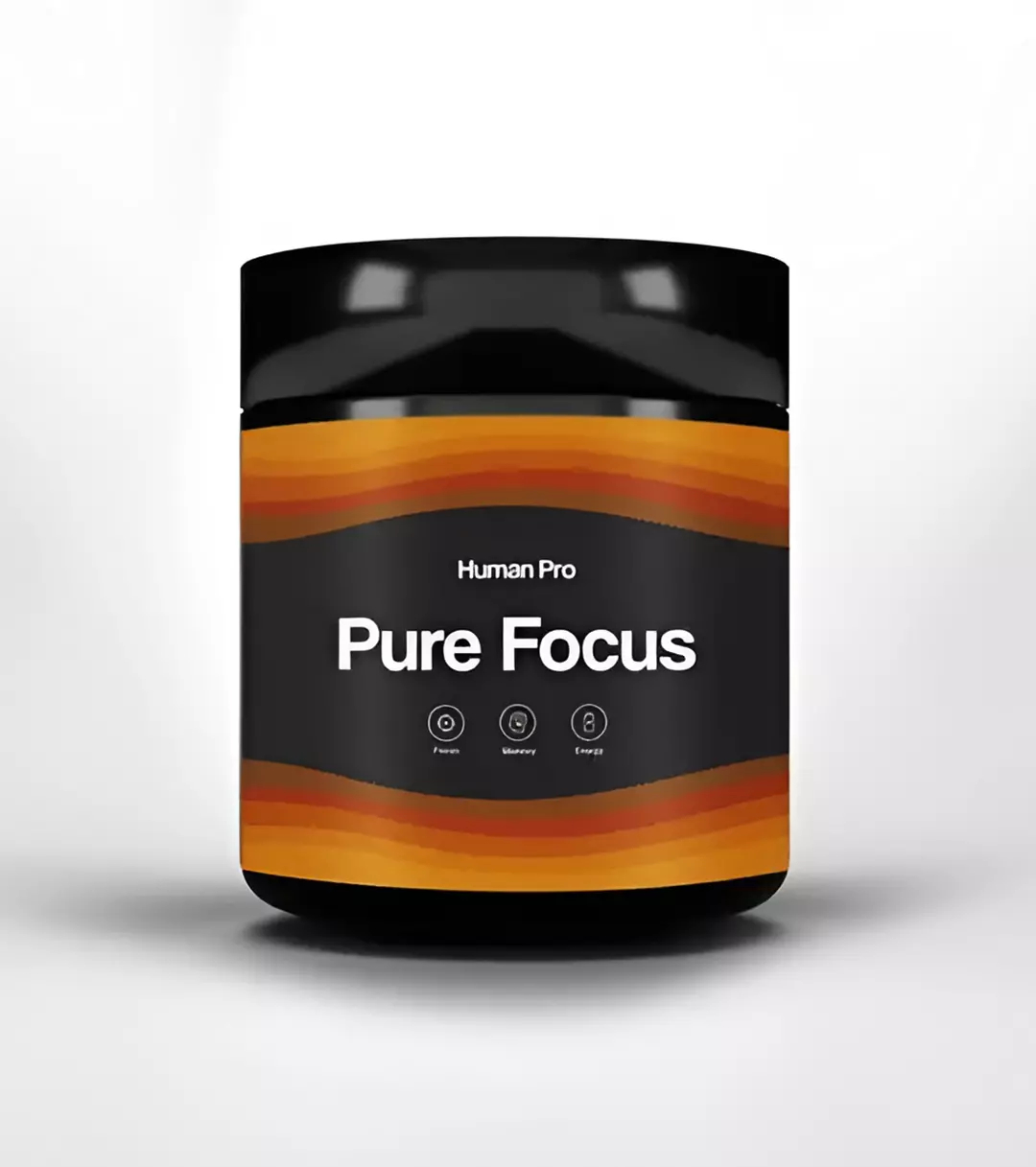Less than 2 decades ago, we could not have predicted how ubiquitous the word trauma is.
Despite its prevalence in so many of our conversations, we are not that proficient in defining it.
Some define it as an emotional response to a terrible impactful experience, but books like The Body Keeps the Score have taught us that the impact is also very physiological.
When discussing the intricate network of the human body, the vagus nerve and fascia often emerge as pivotal components, each playing a critical role in their own right.
The vagus nerve, known for its extensive reach and regulatory functions in the parasympathetic nervous system, and fascia, the connective tissue enveloping muscles and organs, share a significant relationship.
However, a fascinating perspective that deserves attention is how the fascia impacts the vagus nerve, rather than the reverse. Understanding this interaction sheds light on potential therapeutic approaches and holistic health practices.
What Comes First; The Fascia or The Vagus Nerve?
Those of us who have spent years (or decades) trying to heal from a traumatic experience or just cure a chronic source of pain, might be very familiar with the fascia and the vagus nerve.
So far, many healing protocols have been focused on the vagus nerve more than the fascia and today I would like to make the case for the exact opposite.
I believe that in order for the body to heal from deep trauma, we must first tend to the fascia and then the vagus nerve will naturally regain its flexibility and balance.
What is the Fascia?
Fascia is a continuous web of connective tissue that surrounds and penetrates muscles, bones, nerves, and organs.
It provides structural support, facilitates movement, and plays a role in cellular communication. Think of fascia as a pair of pantyhose holding all of our organs, muscles and tissues in place.
This pantyhose must remain silk-like for us to maintain good health. A sticky fascia quickly becomes a source of tension and dysfunction which can negatively impact other important organs like the Vagus Nerve.
NewScientist said it best: “The fascia is the site of biological activity that explains some of the links between lifestyle and health”.
The Discovery of Fascia: Historical Context
Historically, fascia was often disregarded as mere packing material for more critical structures like muscles, bones, and organs.
The significance of the fascia and its importance only gained recognition in the late 20th century thanks to the likes of Dr. Ida Rolf the creator of Rolfing.
Her understanding of healthy bodies, full range of motion and the role of fascia created one of the most popular and effective treatments available.
If you want to go further down the fascia rabbit hole, watch this short documentary. The visuals in this video are so helpful and the content is well presented.
The Vagus Nerve: The Ultimate Regulator
The vagus nerve, the tenth cranial nerve, is one of the most crucial components of the parasympathetic nervous system. It is responsible for regulating the body’s unconscious actions and maintaining homeostasis.
From the brainstem, the vagus nerve travels through the neck and thorax down to the abdomen. It branches extensively, innervating each of our vital organs and structures along its path.
Physiological Functions
The vagus nerve is vital for a multitude of physiological functions:
- Cardiovascular Regulation: It helps control heart rate by decreasing it through its parasympathetic fibres.
- Respiratory Control: Influences the muscles of the larynx and bronchi, impacting breathing.
- Digestive Processes: Promotes digestion by stimulating peristalsis and increasing digestive secretions.
- Inflammatory Response: Modulates the immune response, reducing inflammation.
- Emotional Regulation: Plays a role in mood regulation and stress responses through its connections to the brain.
The Fascial Influence on the Vagus Nerve
- Physical Connectivity and Mechanotransduction
Given the vagus nerve’s extensive pathway, it is intertwined with various fascial layers. Changes in fascial tension can influence the mechanical environment around the vagus nerve. A tight or restricted fascia can exert pressure on the nerve, potentially altering its function and affecting the parasympathetic output.
- Inflammatory Responses and Immune Modulation
Chronic fascial tension or dysfunction can lead to localised inflammation, which may affect the surrounding neural structures, including the vagus nerve. Maintaining healthy fascia through techniques such as myofascial release or regular physical activity can mitigate inflammatory stress on the vagus nerve.
- Fascial Tension and Autonomic Balance
Chronic tension in the fascia can signal a state of stress or imbalance, prompting a sympathetic response (fight or flight) rather than a parasympathetic (rest and digest) response. Activities that reduce fascial tension like yoga, stretching, and manual therapies, can enhance vagal tone, promoting a more balanced autonomic state.
- Postural and Movement Patterns
Poor posture can lead to fascial restrictions, which in turn can impinge on the vagus nerve. Conversely, optimal postural alignment and movement can ensure that the fascia supports rather than hinders vagal function.
Therapeutic Implications
Understanding the influence of fascia on the vagus nerve opens new avenues for therapeutic interventions.
Rather than focusing solely on techniques that soothe the vagus nerve such as breathwork, consider incorporating techniques that target fascial restrictions like myofascial release, and craniosacral therapy, to support good vagal function at the core level.
One of my favourite resources is called the Human Garage. There are free videos with exercises and his 28-day program is also completely free of charge.
Original Cause
When I analyse my own personal symptoms, my goal is to get to the core underlying cause.
It is my hypothesis, that our fascia is the prime number when it comes to many of our pains, aches and ailments.
Keeping our fascia silky, supple, and hydrated protects us from countless afflictions and symptoms.
Essentrics and Other FREE Solutions
While researching for this article, I came across something I’d never heard of before Essentrics.
Essentrics relies more heavily on full-body stretch and strengthening regiments coupled with dynamic movements which you can learn for free on YouTube.
Sometimes, the internet really is amazing, isn’t it?!
When it comes to toning the vagus nerve I highly support practices like humming, singing, breath work, and cold water exposure.
While the suggestions made above and conventional myofascial exercises and massages will support our vagus nerve, reinstating suppleness in the fascia ultimately underpins the resilience of all of our major organs, including the vagus nerve.
A solid foundation makes for solid structures.
A smooth, pliable and fluid fascia is THE solid foundation for everything else to be built upon.
What do you think?
Do you agree? Share with me in the comments below.
As always,
Shine bright. Do good. Flow strong.
Asha ✨






0 thoughts on “Trauma, Fascia, and The Vagus Nerve”